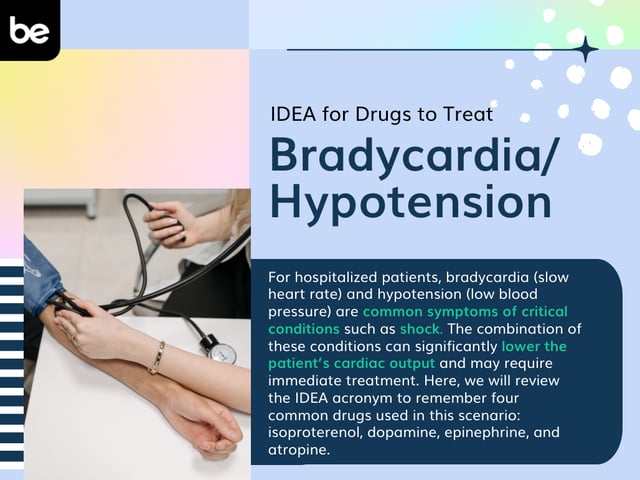
What to Include in a Nurse Handoff Report
Handing off a patient from one nurse to another is one of the most critical parts of patient care.
Why Is the Nurse Handoff Procedure Important?
Many studies have shown that poor nurse handoff reports can lead to adverse events for patients, which is why standardized handoff communication has been a National Patient Safety Goal. Each facility may have their own policy or procedure for nurse handoff reports. In this blog post, we will review one example, which may or may not align with your facility’s protocol.
What Are the Basic Principles Involved?
One basic principle of the nurse handoff procedure requires that it is performed in person. If possible, performing the handoff at the patient’s bedside can be beneficial. If the handoff is not performed at the bedside, it should be done in a private area so that private patient information is not overheard by others.
While paper records or the electronic medical record can be helpful during the handoff, written reports should not be the primary mode of communication. Additionally, a standardized format for handoffs can ensure that important items are not overlooked or missed. When concluding all patient handoffs, pause to ensure there are no questions or needs for clarification.
The ISBAR Report
One of the most common standardized handoff report formats is the ISBAR report. Here are its parts:
I: Identification
Identify the patient using at least two identifiers; this step ensures both nurses are discussing the correct patient. Performing the handoff at the bedside can avoid confusion when handing off multiple patients.
S: Situation
What are the main symptom(s), problem(s), and/or concern(s) with the patient? This should be a concise summary of what is going on with the patient.
B: Background
Provide the context of the patient’s situation, such as the history of the current illness, relevant past medical history, or past procedures or lab results.
A: Assessment and Action
Review your assessment of this patient, which may be in the form of a quick head-to-toe review of pertinent findings relevant to the current situation or identified patient safety concerns. Explain what actions have already been performed.
R: Recommendation
What is your recommendation for interventions during the next shift?

Keep Reading

National Council Licensure Examination-Registered Nurse Blog
What to Expect in Nursing School Clinicals
The clinical experience is a rite of passage for all nursing students, …

National Council Licensure Examination-Registered Nurse Blog
What is the NCLEX Next Generation (NGN) Exam?
If you’re interested in becoming a registered nurse, you likely know th…

National Council Licensure Examination-Registered Nurse Blog
IDEA for Drugs to Treat Bradycardia/Hypotension
For hospitalized patients, bradycardia (slow heart rate) and hypotensio…